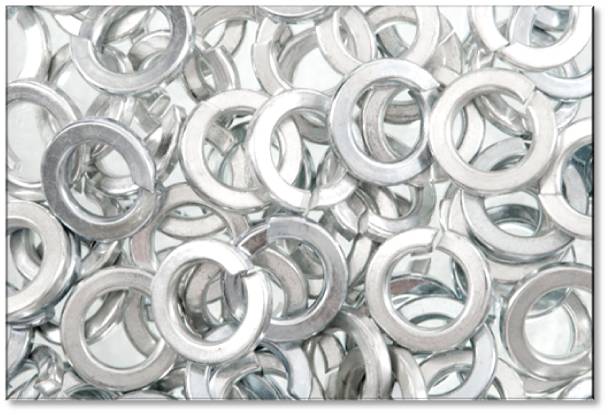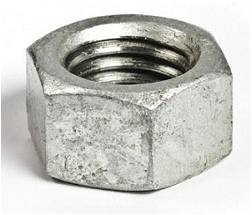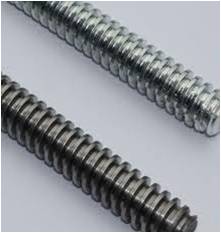Introduction to Plating
What is Plating?
Plating refers to the application of a protective coating to material. There are many different types of plating, depending on how the plating is applied, what type of material you are plating, and what you are plating that material with. The most common platings that you will encounter will be Zinc and Hot Dip Galvanized. Materials could also be coated with Nickel, Silver, Copper, Teflon, and Cadmium among others.
How Does Plating Work?
Both Zinc plating and Hot Dip Galvanizing are processes by which a thin layer of zinc is bonded to the surface of another metal. Though they both involve a zinc coating they produce very different results. In both cases the resulting layer of zinc provides a barrier between the air and the underlying material which protects it from corrosion and from reacting with any other chemicals that may be present. The primary differences are in how they are applied and the thickness of the zinc layer.
Zinc Plating
Zinc plating, for our purposes, is a process by which a protective layer of zinc is applied to the surface of another metal through Electro-Galvanizing. Electro-Galvanizing is a process that involves dipping a material into a solution of liquid zinc and applying an electrical charge to that solution which causes the zinc molecules to bond to surface of the material. Because the zinc is chemically bonded it actually becomes part of the original material and does not flake or peel off the way that paint might. This process creates a nice, shiny surface that we often call “blue” or “clear” zinc. This is what you will find on products such as machine screws, grade 2 and grade 5 hex bolts, U-Bolts, and a wide variety of other parts.
Because the zinc is chemically bonded it actually becomes part of the original material and does not flake or peel off the way that paint might. This process creates a nice, shiny surface that we often call “blue” or “clear” zinc. This is what you will find on products such as machine screws, grade 2 and grade 5 hex bolts, U-Bolts, and a wide variety of other parts.
Hot Dip Galvanizing (HDG)
Hot Dip Galvanizing refers to the process whereby a protective layer of zinc is applied to the surface of a material by submerging the material in a molten zinc solution at around 860° F. At this temperature the zinc chemically reacts with and bonds to the surface of the material. The layer of zinc t hat is deposited using this method is much thicker than in Electro-Galvanizing. The resulting crystallized pattern is a dull gray in color and is called spangle. Galvanized parts are typically used when parts will be used outdoors. Everything from bridges to metal buckets use galvanized parts due to their durability and excellent corrosion protection.
hat is deposited using this method is much thicker than in Electro-Galvanizing. The resulting crystallized pattern is a dull gray in color and is called spangle. Galvanized parts are typically used when parts will be used outdoors. Everything from bridges to metal buckets use galvanized parts due to their durability and excellent corrosion protection.


